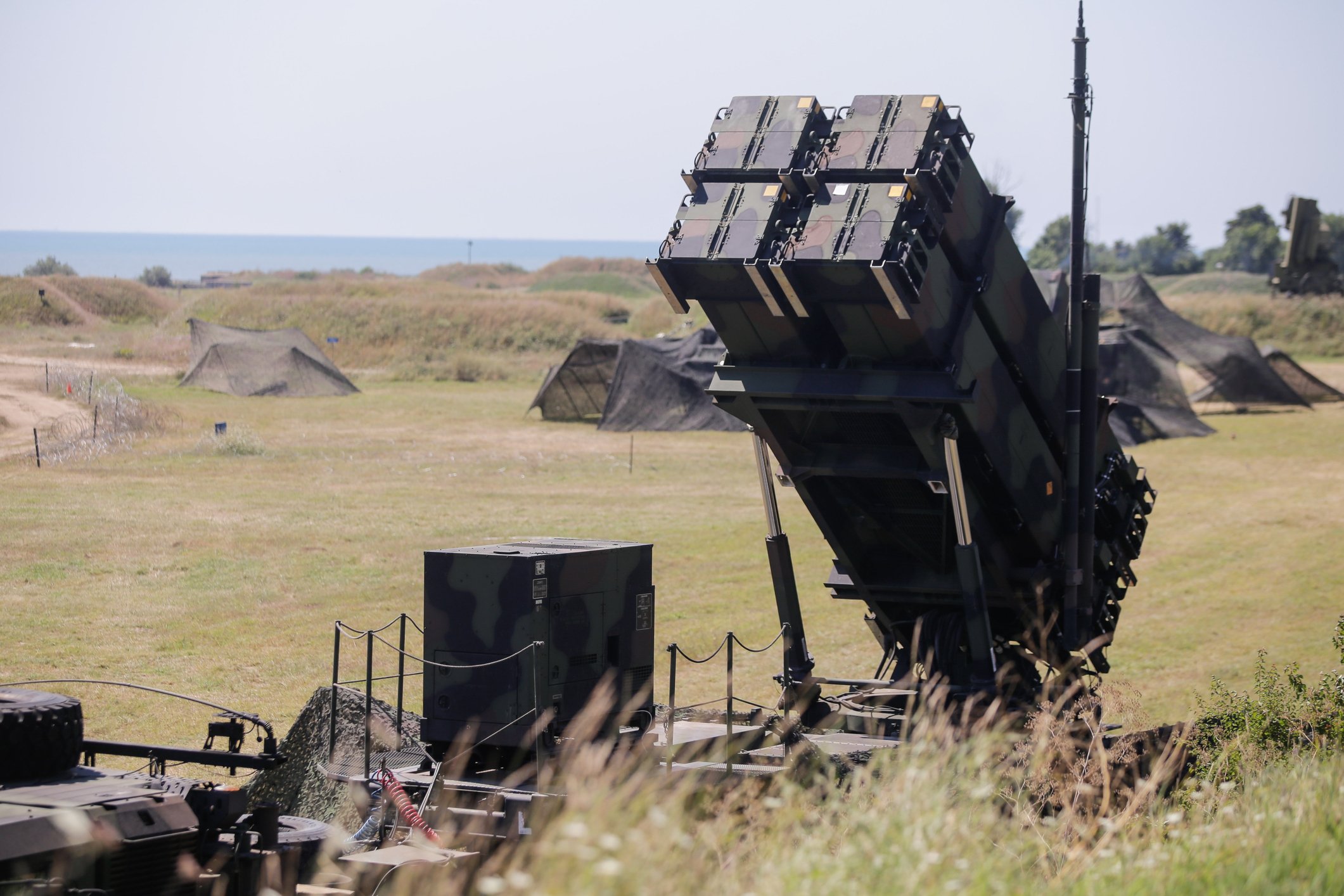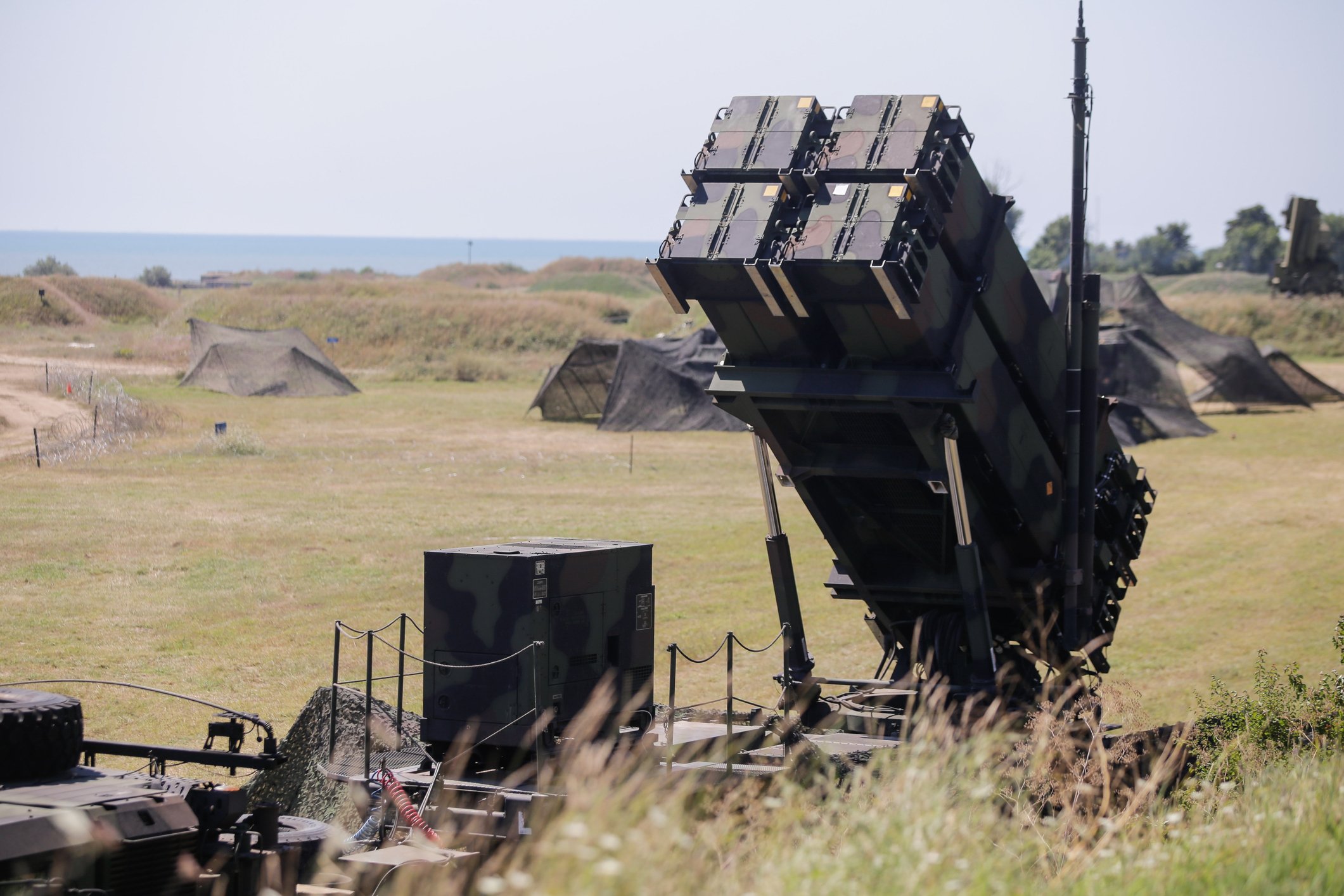
SR-72. Photo: Lockheed Martin.
Imagine a plane that's capable of traveling at Mach 6 and can fire hypersonic missiles at any target in the world, in less than an hour. According to Lockheed Martin (LMT +0.79%), such a plane would be so fast, "an adversary would have no time to react or hide." Now, couple that speed with unmanned technology and you have Lockheed's SR-72, the "Son of Blackbird." More importantly, this plane could be a warfare game-changer -- and it could become operational by 2030.
The Blackbird legacy
It looks like something out of science fiction, and indeed, if you've seen any of the "X-Men" movies, you've probably seen a modified version of Lockheed's SR-71 Blackbird. That's right -- the Blackbird is real. Moreover, in 1976, the Blackbird set the current air speed record by exceeding Mach 3 -- three times the speed of sound. However, that record may soon be broken as Lockheed's working on the SR-72, which it says will be twice as fast.
Further, the SR-72 is envisioned as an unmanned aircraft that could fly at altitudes of 80,000 feet and be powered by an off-the-shelf turbine with a supersonic combustion ramjet air-breathing jet engine, developed by Aerojet Rocketdyne and Lockheed's Skunk Works. To help reduce friction and guard against heat, the skin of the SR-72 is said to be titanium crystals wrapped in carbon fiber.
More importantly, Brad Leland, Lockheed's Hypersonics program manager, said:
Hypersonic aircraft, coupled with hypersonic missiles, could penetrate denied airspace and strike at nearly any location across a continent in less than an hour. Speed is the next aviation advancement to counter emerging threats in the next several decades. The technology would be a game-changer in theater, similar to how stealth is changing the battlespace today.
In other words, the SR-72 will be too fast to shoot down, and too fast for targets to avoid being hit.

SR-72. Photo: Lockheed Martin.
Enemies beware
According to Aviation Week, the Air Force has a long-term hypersonic road map, and the SR-72 is designed to fill what the Air Force perceives as a growing gap in defense -- namely, mobile threats in denied airspace, particularly in countries with advanced air defenses and satellites.
Thanks to the lessons learned from the Defense Advanced Research Projects Agency, or DARPA, and Lockheed's Falcon Hypersonic Technology Vehicle 2, the design of the SR-72 already has a leg up on hypersonic technical challenges.
Even better? Lockheed told Aviation Week that the SR-72 would be an "affordable hypersonic intelligence, surveillance, and reconnaissance (ISR) and strike platform that could enter development in demonstrator form as soon as 2018."
What to watch
Right now the SR-72 is just a concept, although it is in active development at Lockheed. What that means is the SR-72 still has a way to go. Further, while Air Force Chief of Staff General Mark Welsh has expressed interest in hypersonic technology, he hasn't commented on the Air Force's interest in the SR-72. However, according to National Defense, Welsh did say: "Anything you can do to decrease an adversary's decision timeline and give you the advantage in action is a good thing. So if it's practical to pursue hypersonics and create that ability to move at a much, much faster speed than we could in the past, it's worth pursuing."
Nonetheless, if the SR-72 ever takes to the skies, it could be a game-changer for modern warfare -- but right now, that's still a big "if." But even if it doesn't make it past paper, the hypersonic technology being developed at Lockheed is something the Air Force is interested in, and it could prove to be lucrative for the company. If the Air Force does decide it wants the SR-72, Lockheed could see a healthy boost to its bottom line. Consequently, this is something investors should continue to monitor.






